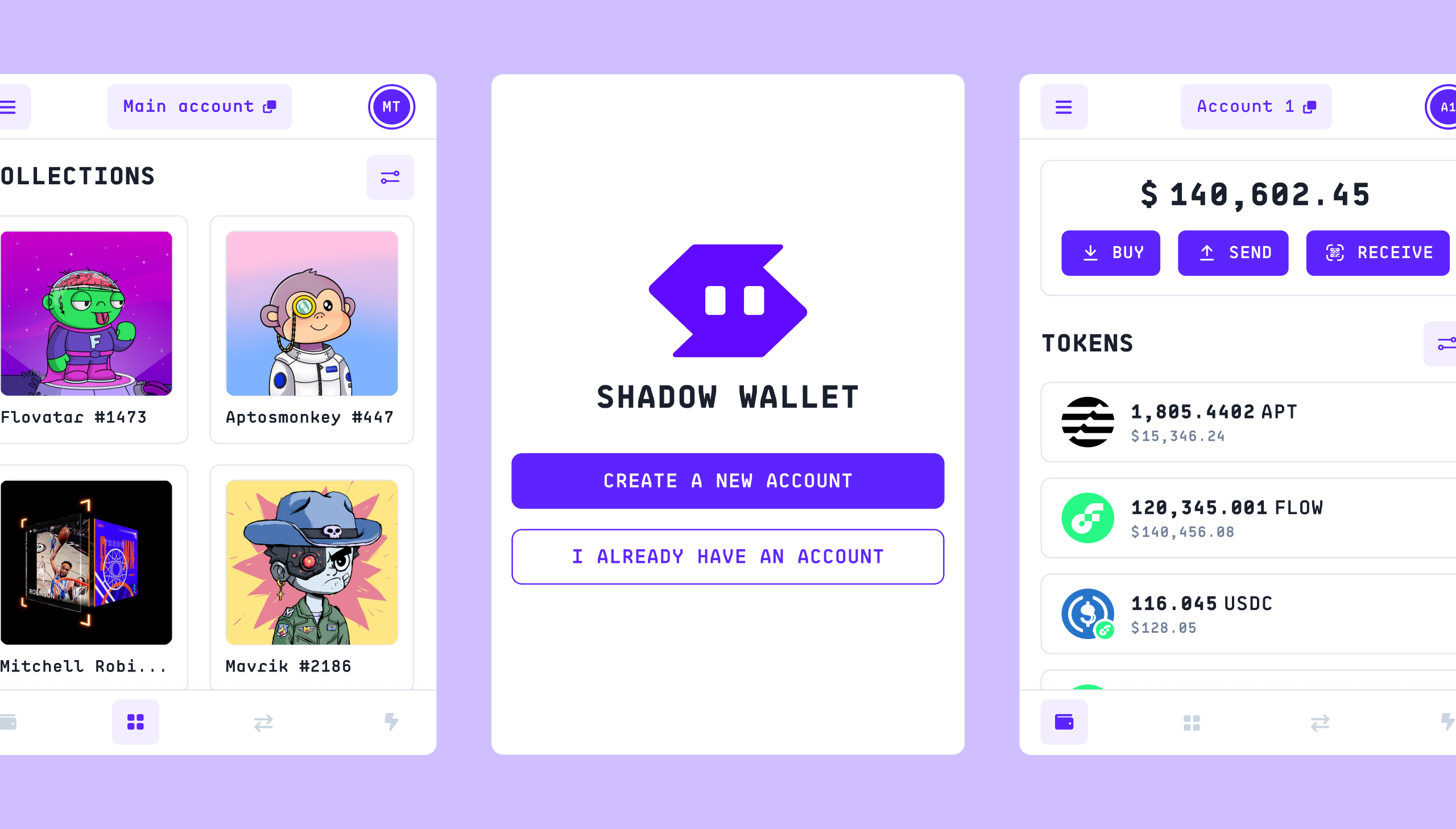Starting from the ground up
Shadow Wallet is a new product that we decided to launch with the
team. Initially, our goal was to provide users with a non-custodial
wallet alternative in the market which will allow them to have the
full control on their digital assets and avoid the painful KYC (know
Your Customer) step.
Later, we expanded our vision for this product
to offer a deeper and seamless user experience with enhanced capabilities
when connecting Shadow Wallet to Shadow Exchange.
The primary challenge for me was launching a product from the ground
up. With that in mind, prioritizing the most important features was one
of my critical responsibilities with design and planning. For this project,
we agreed to ship fast and iterate instead of developing and releasing
big features at a time.
In a niche and fast-evolving market, our
goal was to quickly catch up with competitors and then, stay ahead.
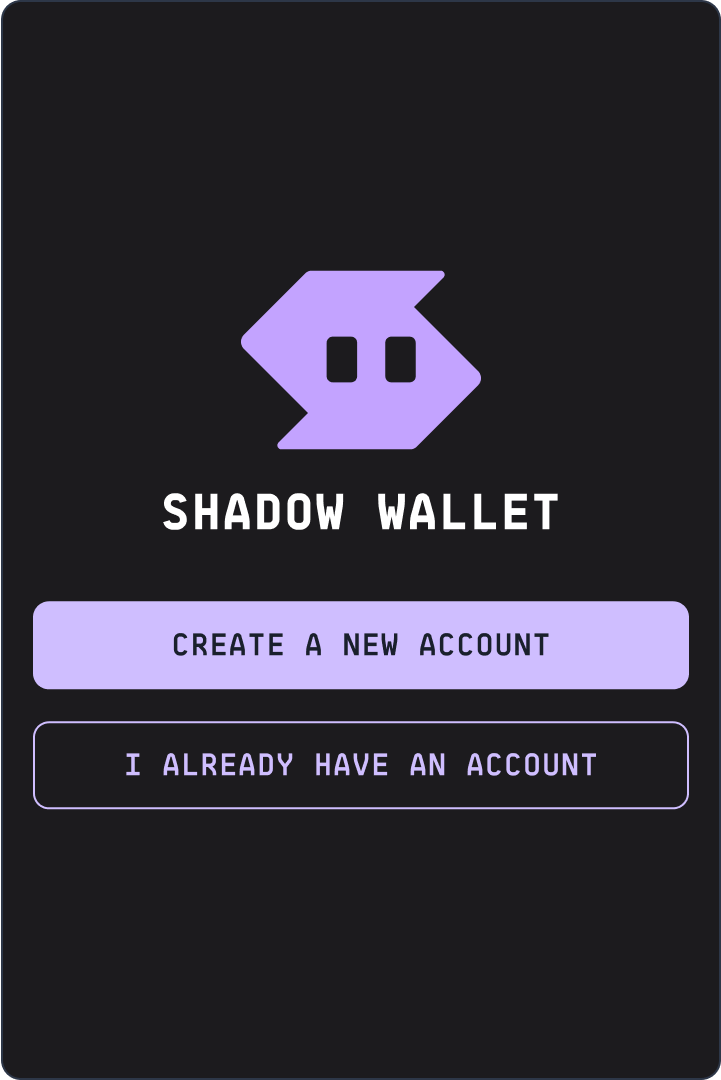
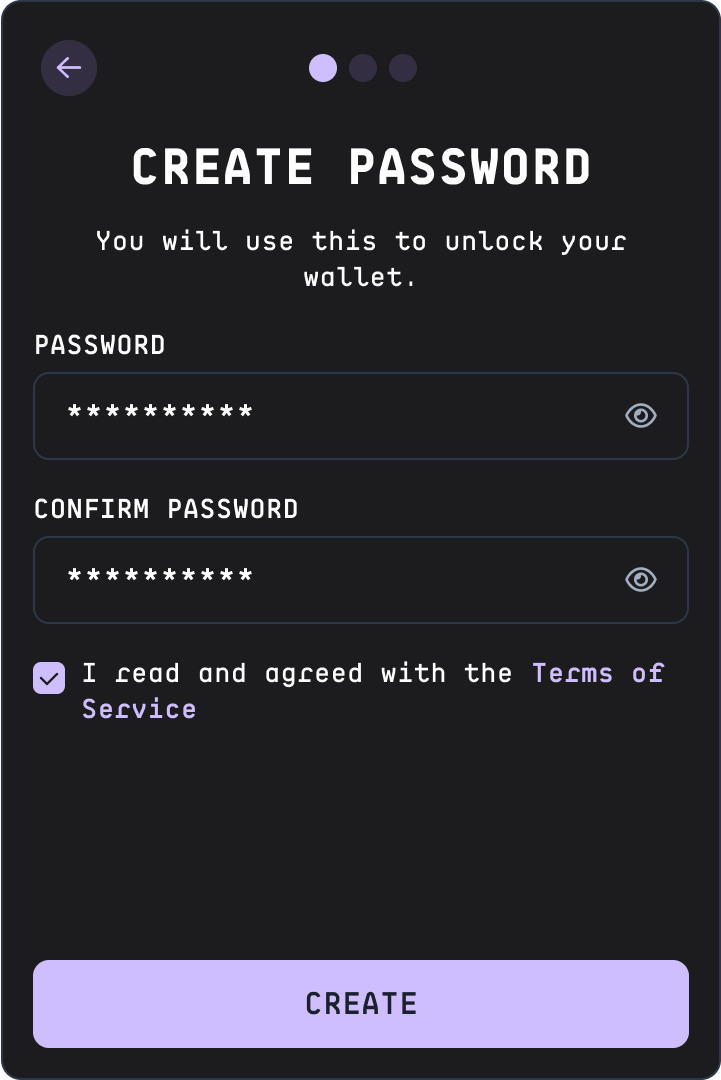
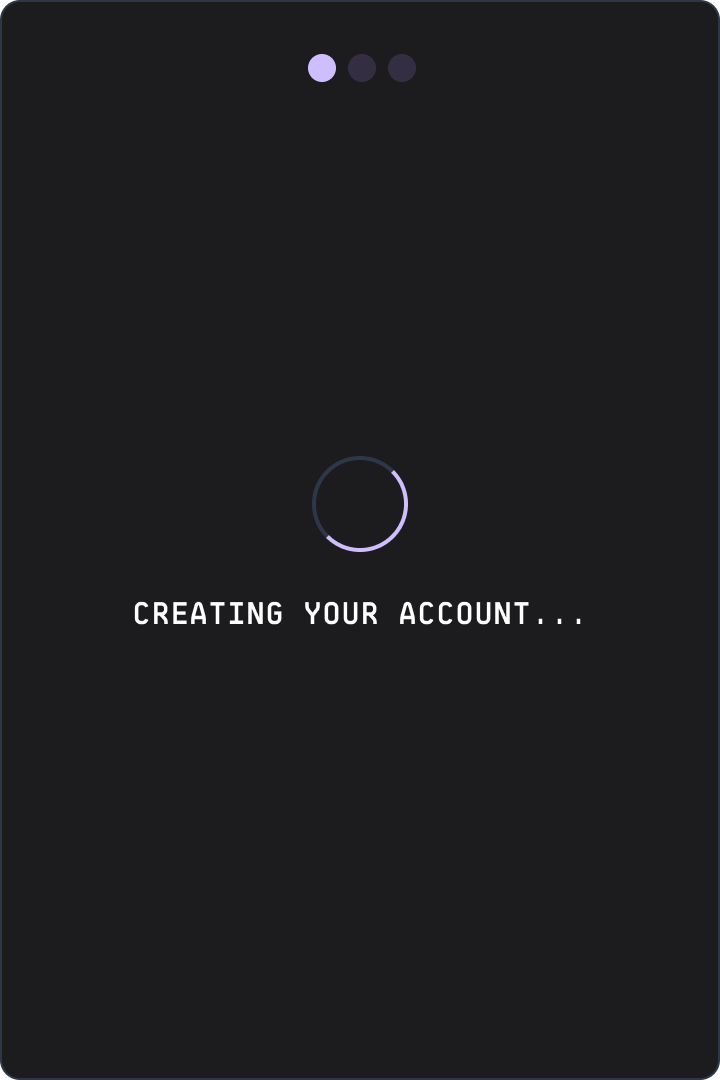
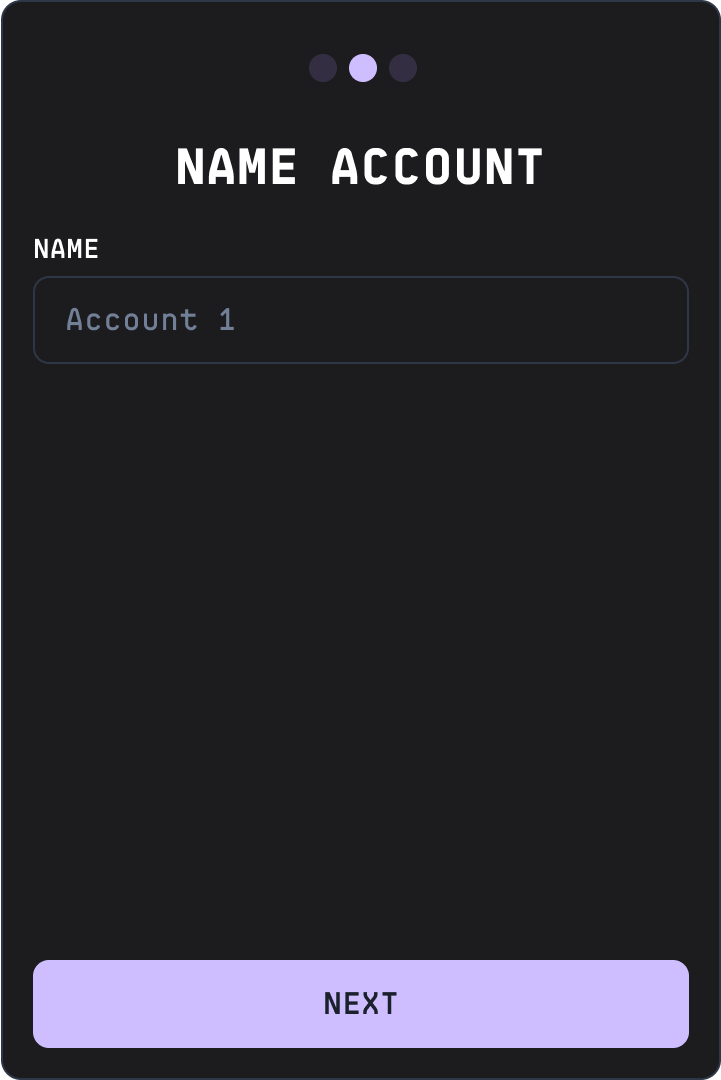
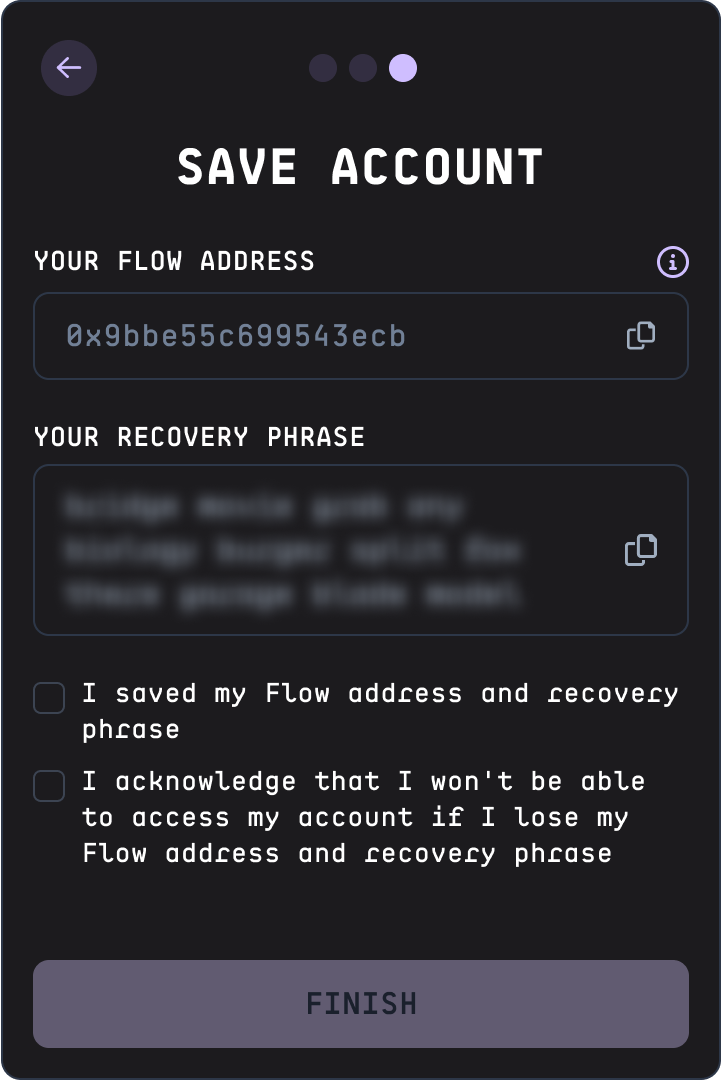
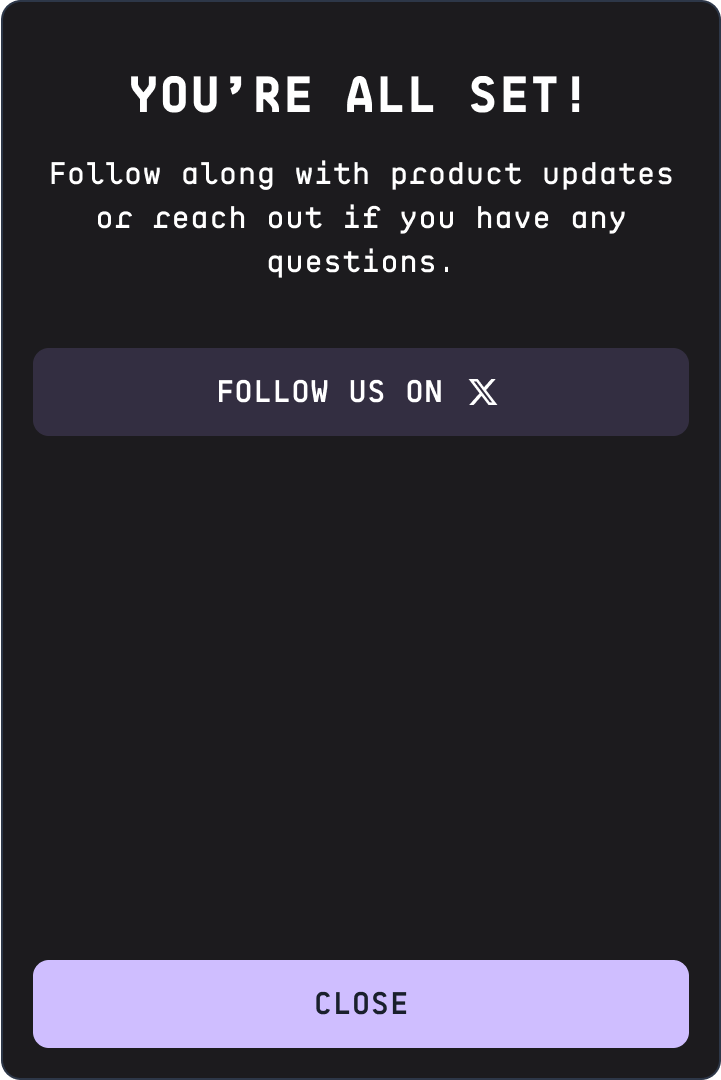
Enabling multiple accounts
At this stage, Shadow Wallet had the key features to compete. The next
goal was to let users manage multiple accounts.
To begin, we defined and aligned on how an account works in the
blockchain context. Then, I researched how users interact with their accounts
and their needs to generate more addresses. I explored advanced wallets,
collected feedback on Twitter and Discord, and identified three possibilities
for representing an account. The first was to have (1) one account per
blockchain address, the second (2) one account for multiple addresses,
and the third (3) a global account with sub-accounts supporting multiple
addresses.
We decided to start with the first and simplest option and
planned to evolve to the second option. This choice was partly due to
our need to ship fast, having only one dedicated front-end developer,
and facing blockchain-related technological limitations.
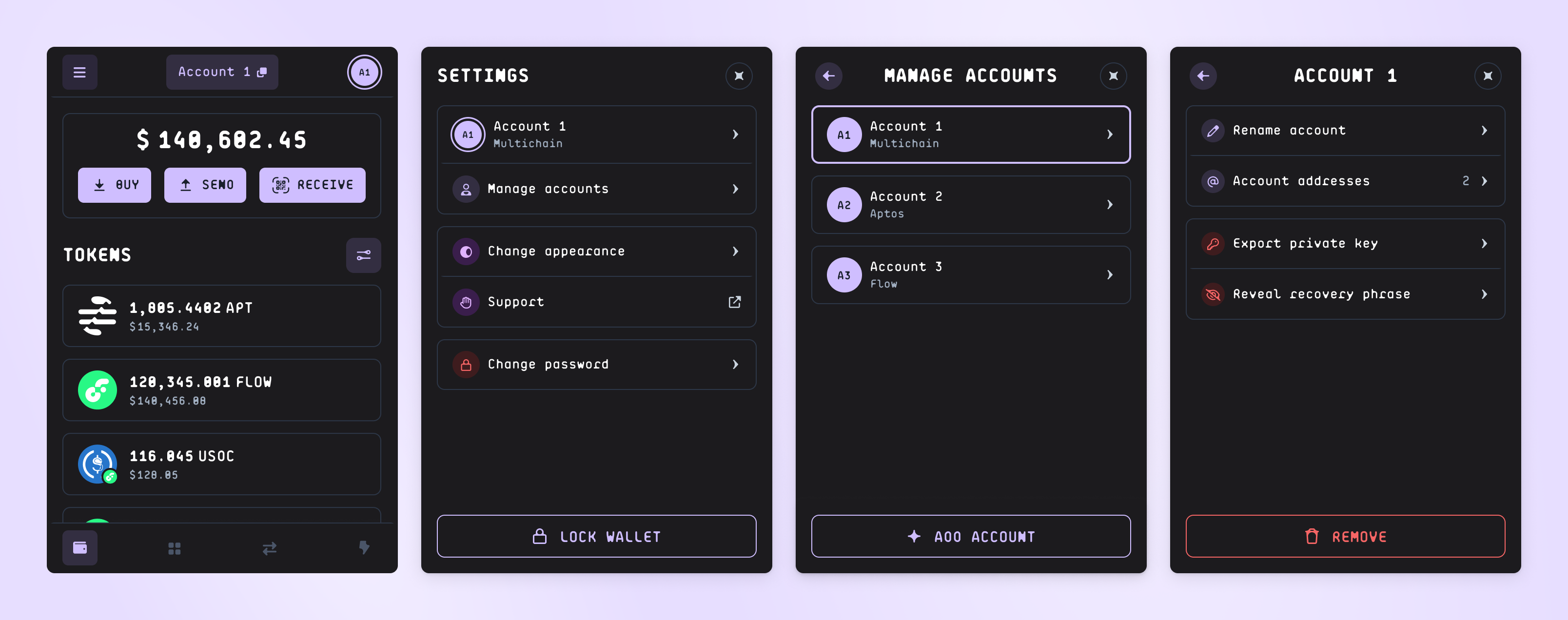
Manage accounts and tokens
Going multi-chains
We wanted to give our users the ability to manage their assets on
other blockchains and after debating which blockchain to integrate
first, we decided on Aptos. It is the closest to Flow blockchain in
terms of technology and was heavily marketed online, targeting the
same audience.
The main challenge was to design an intuitive and consistent user experience
while integrating assets from blockchain ecosystems that have different
functionalities and use different terminology.
This challenge started right at the onboarding phase. For example,
creating a new account involves setting up both Flow and Aptos addresses.
When importing an existing account, users can choose the blockchain to
import from, whether it's a single or multi-chain account. However, to
start using Aptos features beyond receiving airdrops, users must sign a
transaction. Until then, users can only receive airdrops and need to claim
the assets. In contrast, on the Flow blockchain, transfers are direct from
the start.
Instantly swap tokens
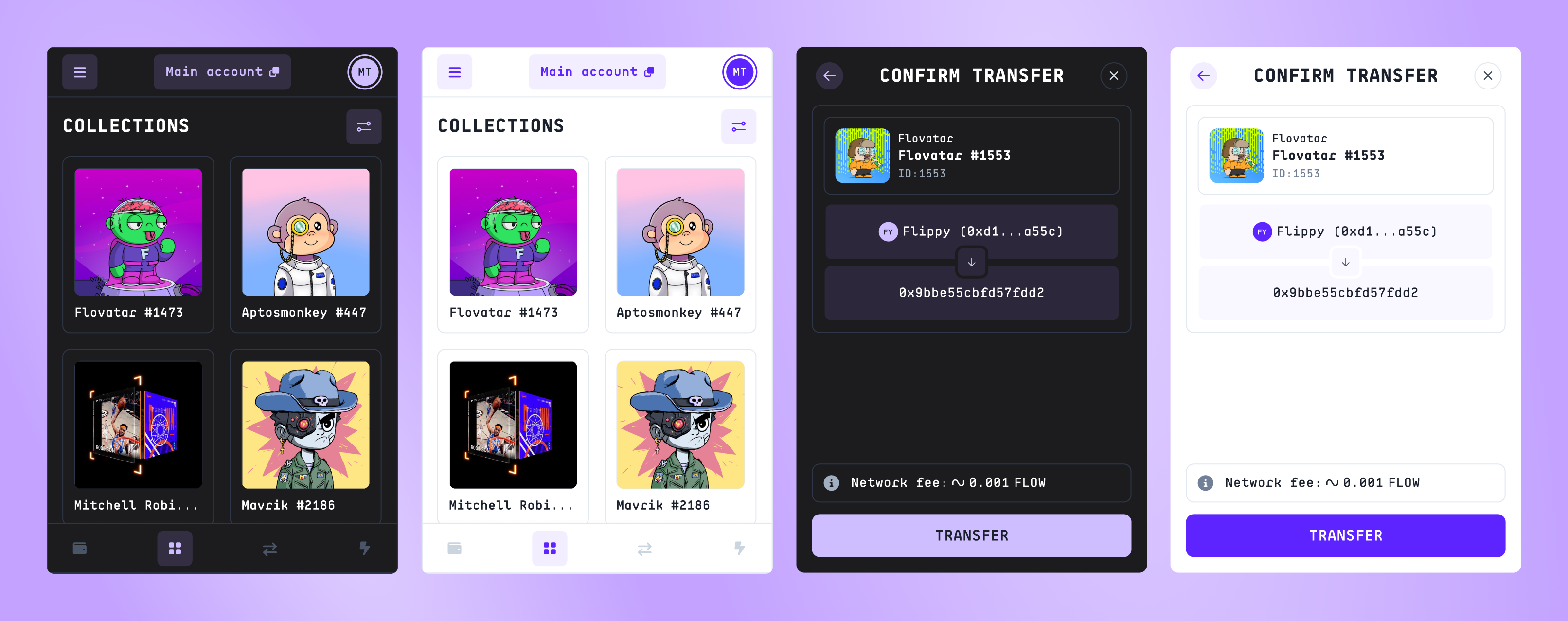
Showcase & Transfer NFTs
List NFTs on Shadow Exchange
Results
This project was challenging in both design and technical aspects.
Starting from scratch, we went with a "Ship, Iterate, Repeat" strategy
to quickly gain market share and stay ahead of the competition. I
learned a lot about adapting and quickly crafting designs, as well as
prioritizing and planning feature releases.
I'm proud it resulted in over 1,000 downloads in a niche and fast-evolving
market.
